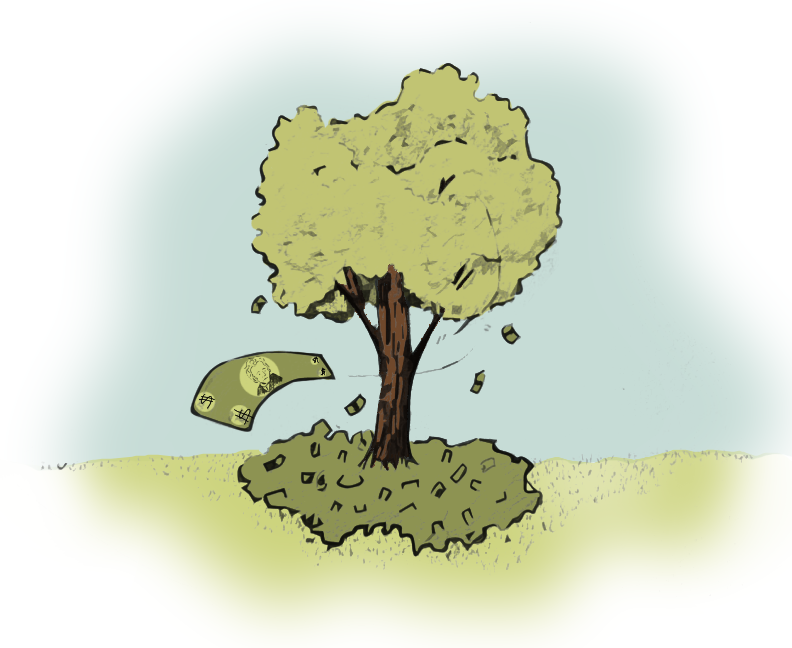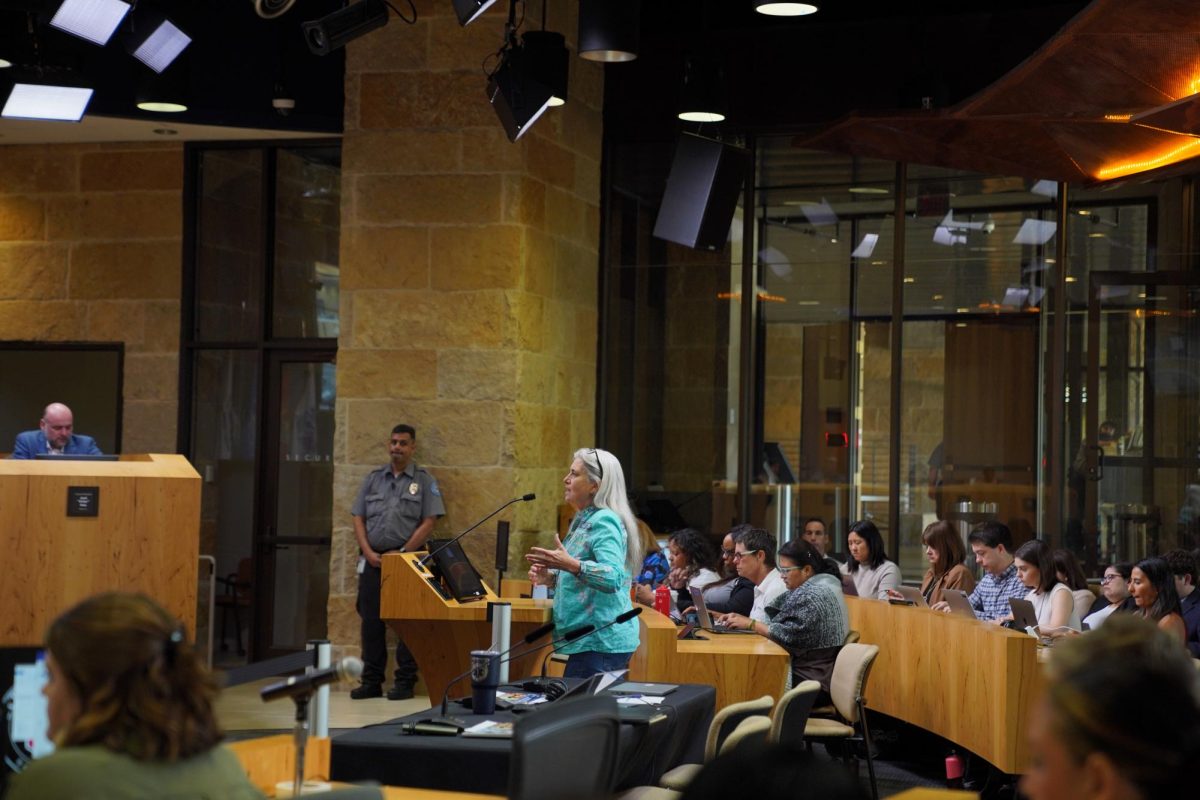The University’s blue legislative districts may turn red if the current state and federal redistricting maps pass through the judicial system untouched.
The new maps divide neighborhoods surrounding the University into separate Republican leaning districts, and some students and officials say it will segment and silence the student vote. Currently the University and surrounding neighborhoods are divided into three separate federal districts, but the new federal map divides UT neighborhoods into four, and Travis County into five.
Both the state and federal redistricting maps are currently being challenged in court for possible violations of the 1965 Voting Rights Act. More than a dozen lawsuits have been filed against the state’s redistricting efforts, and according to some lawmakers more are on the way. As of late last week, seven cases are under review by federal courts and seven by state courts, most dealing with suppressing the minority vote.
State Sen. Wendy Davis, D-Fort Worth, is at risk of losing her seat since the district was redrawn to exclude many minority communities. Though Davis has not filed a lawsuit, she has criticized the map for being Republican leaning and has said she will try to protect those communities from being excluded from her district.
Sen. Kirk Watson, D-Austin, said during the special session that the map discriminates against minorities, especially Hispanics. Only one of four new districts in the state legislature will have a predominantly Democrat constituency, although Hispanic Texans historically vote for Democrats and accounted for 65 percent of the state’s population growth from 2000-2010.
Most Republican legislators have remained quiet about redistributing Democratic seats over to Republicans, but state Rep. Burt Solomons, R-Carrollton, says the map is fair and will withstand judicial scrutiny.
U.S. Rep. Lloyd Doggett, D-Travis, said in an email to The Daily Texan he can’t wait until courts sort out redistricting because it may last beyond the November 2012 elections. Doggett currently represents neighborhoods near the University and is one of the representatives most affected by the new federal map. His district was split to stretch out to the suburbs of Austin which typically vote Republican, so Doggett said he plans to seek re-election in the new district 35, which will be left leaning.
“The fact that students and neighborhoods that make UT and the surrounding area such a unique place to learn and live will be split into so many congressional districts is outrageous,” Doggett said. “Republicans have made clear that their goal is to deny a voice for our community. By dividing the University, Republicans are determined to deny any effective voice for students — eager to deny political power to anyone strong enough to stand up to them.”
Jessica Laberge, government senior and former president of College Republicans at Texas, said her organization has not taken a stance on the new redistricting map but said she has mixed feelings about it.
“It would be nice for UT to have a voting block, but so many UT students are not even registered to vote in Austin,” Laberge said.
Paul Theobald, government senior and UT Votes spokesman, said the way the new state redistricting map breaks up the University is unfair because students are divided into districts that stretch out all the way to the Valley and San Antonio.
“UT should be one district,” Theobald said. “The map is by no means final, and it currently splinters the UT voice, leaving students voting in four separate districts.”
Melanie Schwartz, history senior and political director for the Texas College Republicans, said everything comes down to voter participation, and UT students don’t vote.
“If students would vote they would get better representation,” Schwartz said. “The map would have been drawn differently to reflect that.”
Printed on 07/07/2011 as: Potential redistricting splits UT, silences minority community




















